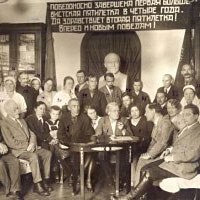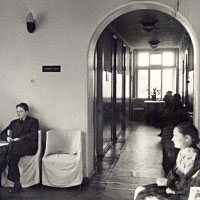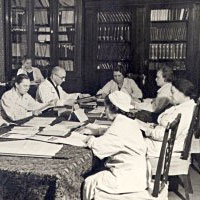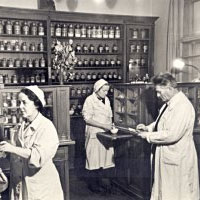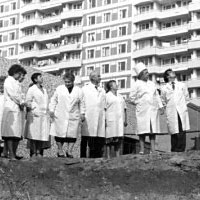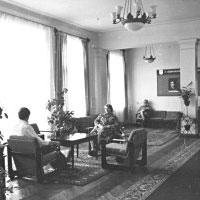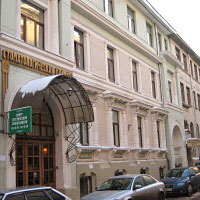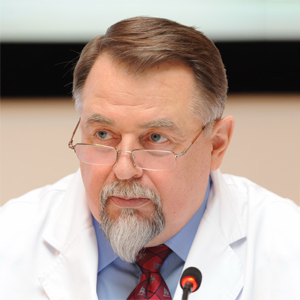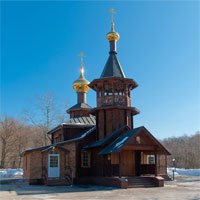The history of the Pirogov National Medical and Surgical Center lasts more than 100 years, during which it is possible to single out several main periods when there were some medical institutions on the basis of which the Pirogov National Medical and Surgical Center was established. Among these are:
- Former Chegodayev’s house
- Private A.V. Chegodaev’s surgical hospital
(1907-1922) - Central medical and diagnostic institution of Moscow and the periphery
(1922-1925) - Polyclinic of the medical section of the Central Commission for the Improvement of the Life of Scientists (CECILS)
(1925-1931) - Polyclinic of the Commission for the Promotion of Scientists
(1931-1939) - Central polyclinic of the People’s Commissariat of Health of the USSR (later — Ministry of Health of the USSR)
(1939-1956) - Central polyclinic of the Ministry of Health of the RSFSR
(1956-1958) - Central polyclinic and central hospital of the Ministry of Health of the RSFSR
(1958-1959) - Hospital and polyclinic association of the central polyclinic and central hospital of the Ministry of Health of the RSFSR
(1960-1962) - The Central Polyclinic and the Central Hospital of the Ministry of Health of the RSFSR
(1962-1993) - Polyclinic No. 2 and Republican Clinical Hospital No. 2 of the Medical Diagnostic Association of the Ministry of Health and Medical Industry of Russia
(1993-2001) - Polyclinic No. 2 and Clinical Hospital No. 2 of the state institution “The State Medical Center of the Ministry of Health of Russia”
(2001-2003) - Polyclinic No. 1 and the central clinical and diagnostic complex of the Federal State Institution “National Medical and Surgical Center named after N.I. Pirogov” of the Ministry of Health of the Russian Federation
(2003-2004)
Since the twenties of the last century and before the beginning of the new century, the polyclinic and hospital, from which the history of the Pirogov National Medical and Surgical Center began, were intended for scientists and creative intellectuals. Therefore, starting with the CECILS‘s polyclinic, the coryphaees of the time worked here, including outstanding domestic surgeons:
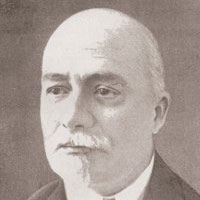
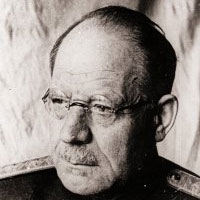
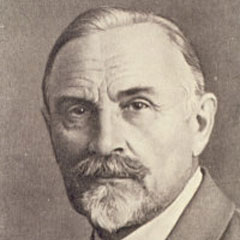
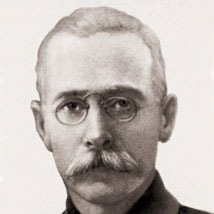

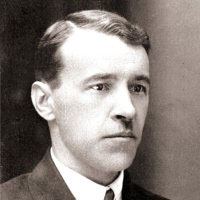
Polyclinic for scientists in the center of Moscow (Gagarinsky per. 37) was famous for therapists who made a significant contribution to the development of Russian medicine, such as V.F. Zelenin, M.P. Konchalovsky, D.D. Pletnev, D.M. Russian, V.D. Shervinsky, A.I. Yarotsky, G.F. Lang et al.
Many of the therapists were prominent specialists of the past, which the whole country was proud of.
Professors of other specialties who advised outpatients in the new polyclinic also deserved attention.
Among them, one can not fail to mention outstanding obstetrician-gynecologists, including S.I. Blagovolin, G.F. Lang, I.L. Braude, A.D. Kazansky, Yu.V. Snegirev, as well as remarkable domestic neuropathologists, dermatologists, ophthalmologists, otolaryngologists and other doctors, whose names have rightly entered the treasury of Russian medical science and practice.
The best of the best Russian doctors were consultants here, called to provide highly qualified medical care to the scientific, and then the creative elite of the state. The accelerated development of the polyclinic for scientists and creative intellectuals, as the forerunner of the Pirogov National Medical and Surgical Center, was received in the pre-war and especially in the post-war years. Modernization of its buildings lasted several decades, beginning in the twenties and ending in the sixties, before they acquired the familiar form for us.
In 1950, by decision of the Moscow City Council of Working People’s Deputies, a polyclinic for scientists and creative intellectuals got a land plot for the construction of a specialized hospital. Until then, patients who needed inpatient treatment were sent from the polyclinic to different Moscow hospitals. In each of them, there were several beds for scientists and creative intellectuals. The future hospital, which construction was planned in the Izmailovo area, was intended exclusively for this contingent of patients.

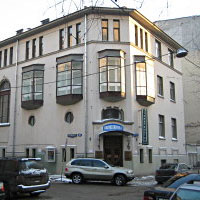
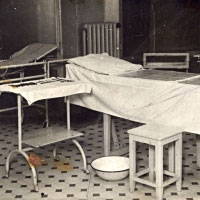
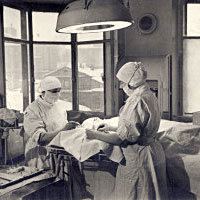
Design and building work for the construction of the hospital for scientists and creative intellectuals were carried out in
N.I. Ermolov — the chief doctor of the hospital and polyclinic, intended for scientists and creative intellectuals. After the completion of construction works, N.I. Ermolov became the first chief doctor of the hospital for scientists and creative intellectuals, remaining the director of the profile polyclinic.
October 28, 1958 the first patients were admitted to inpatient treatment in the hospital for scientists and creative intellectuals, while not all the medical and diagnostic departments have started to work in full.
A few more months passed before the total number of beds deployed in them was equal to the standard one and reached 300. Therefore, this day marks the beginning of the work of the emergency room, I surgical, neurological, I and II therapeutic departments, as well as the
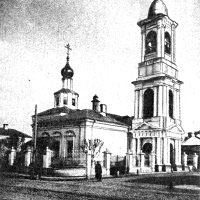
On May 22, 1959, or on the day of Nikola the summer saint and miracle worker Nicholas, one of the most revered saints in the world, the hospital bed capacity of the hospital for scientists and creative intellectuals reached the standard capacity due to eight deployed treatment and diagnostic departments, including 3 surgical, 4 therapeutic and one neurological.
During the period
In the years
In 1983, construction began on the Nizhnyaya Pervomayskaya Street to erect a new polyclinic building, which lasted for 7 years. Only in 1991, several therapeutic, as well as surgical, neurological, dental and other polyclinic departments began to work here.
In
In 2001, it was reorganized with the formation of the State Institution “The State Medical Center of the Ministry of Health of Russia” on this basis.
On November 1, 2002, the State Medical Center of the Ministry of Health of Russia was transformed into the National Medical And Surgical Center of the Ministry of Health of the Russian Federation.
On November 11, 2003, the National Medical And Surgical Center was named after the great Russian surgeon, scientist and public figure Nikolai Ivanovich Pirogov.
